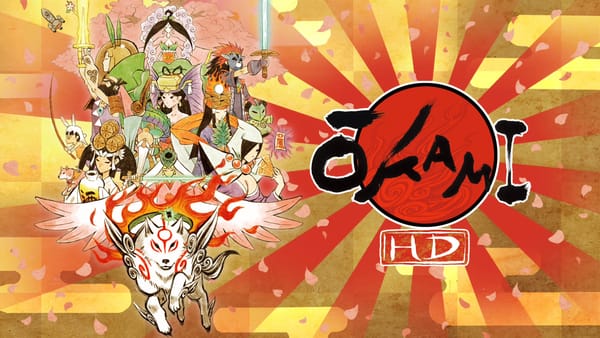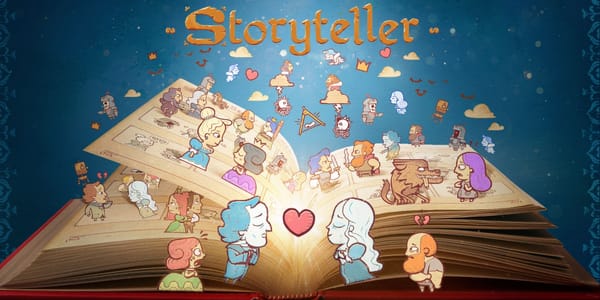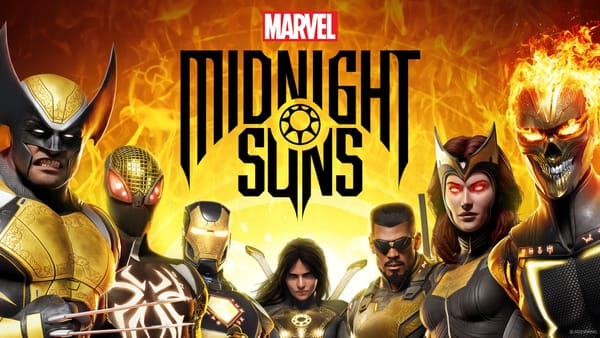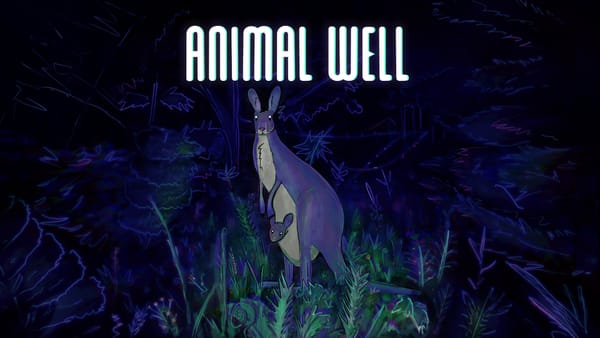Super Mario Bros. Wonder and coming out swinging
An endless bag of tricks
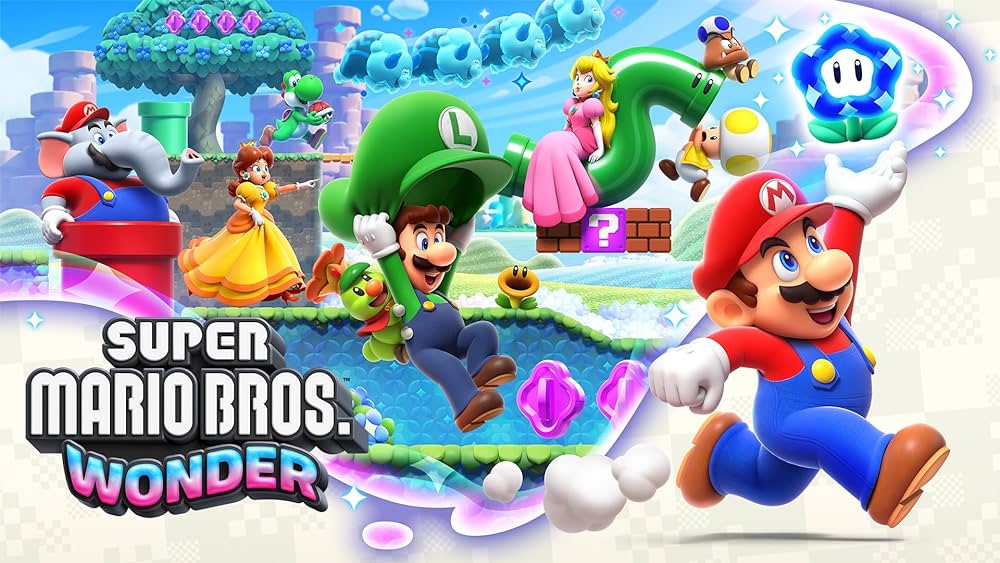
I’m sure we all had that one kid in middle school who was like, Dude, have you ever thought about how, like, Mario eats mushrooms? Well, guess what, That One Kid in Middle School? You’ve been vindicated. Mario’s on drugs now, and we’re all better for it.
Super Mario Bros. Wonder is what happens when you make “Touch Fuzzy, Get Dizzy” into an entire game. Wonder’s central mechanical innovation is a druggy flower that warps the entire stage into hallucinatory excess. Stage two—stage two, folks—is a musical. And it only gets weirder from there.
Wonder is a game only Nintendo could make. In a similar vein to what I’ve argued about The Legend of Zelda: Link’s Awakening, Wonder is an experience that trades in expectations of previous Mario titles and assumes on the part of the player a general familiarity with how Mario games should go. I.e., not this trippy, obviously, but also not this willing to go off script so quickly.
Usually 2D Mario games will take their time getting you into a flow. The first few stages will border on boring, reintroducing that classic “Move right and stomp a Goomba” flow that’s been consistent from the original Super Mario Bros. in 1985. Stages in World 1 usually function as a kind of Mario exposition or Mario prologue. They aren’t the meat of the experience, but they’re there to get you going. Establish the basics. Do some worldbuilding. Super Mario Bros. Wonder seems to be doing the same thing at first (green hills! Goombas!), which makes it all the more wondrous when you touch that first druggy flower and suddenly the pipes start scooting along the ground like inch worms. This isn’t exposition or prologue. This is Mario in media res.
You’ve probably played Wonder by now, if you have a Switch, but if you haven’t, it’s tremendous and absolutely worth your time. It’s been a long time since I’ve played a game that so quickly attempted to confound my expectations and delight me. Much like Cocoon, Wonder is a game that feels like it had time to shed the cruft, leaving only the most zany and joyful experiences in the mix. This is not the longest Mario game, but the sheer pace of its inventiveness makes it feel like a greatest hits album, despite being a new release.
It also doesn’t lack for difficulty. There’s a certain stage that I played for, no lie, an hour and a half, losing all the 99 lives I had accumulated, then having to buy more, then losing about half of them again. It’s an outlier in what Wonder demands in terms of sheer mechanical precision, but its inclusion inside a game that also includes chaotic bouncing hippos and chaotic bouncing hippos in space demonstrates complete confidence in players of all skill levels and ages.
As ever, nobody does it like Nintendo, so while we all wait for the inevitable Switch 2 (I’m pulling for Super Switch as a name, personally), let’s also put up a prayer for another Wonder.
But not before Odyssey 2, because, c’mon, we need to play that, like, yesterday.
Bonus Links
Trying out something new with Backlog this year! Here’s some extra stuff to go along with the newsletter, including impressions of Phantom Abyss from me on Polygon, an essay on the value of games in understanding capitalism, and a great video essay from Game Maker’s Toolkit on designing the difficulty of Mario games.
- New from me on Polygon: Phantom Abyss, now on Game Pass, is a must-play for Indiana Jones fans who miss Mirror’s Edge
- If you have Game Pass, there’s no reason not to try out the asynchronous multiplayer Indiana Jones-like, Phantom Abyss. It’s not perfect, but it’s a damn good argument for first person whips as grappling hooks.
- “Life in the Ludic Century” by Michael Thomsen
- While I don’t cosign all of this essay’s ideas (chiefly, I do not cosign the idea that, the more grandiose an action that is assigned to a single button press, the more a player will enjoy a game, as Thomsen seems to argue), the general idea that games are uniquely equipped to communicate the economic and political systems we navigate feels apt to me. See my thoughts on Minit for how the passage of time (and its relation to capital) interfaces for me in gaming.
- “Super Mario’s Invisible Difficulty Settings” by Game Maker’s Toolkit
- As ever, Mark Brown presents a masterclass in thinking about how Nintendo designs their games.


